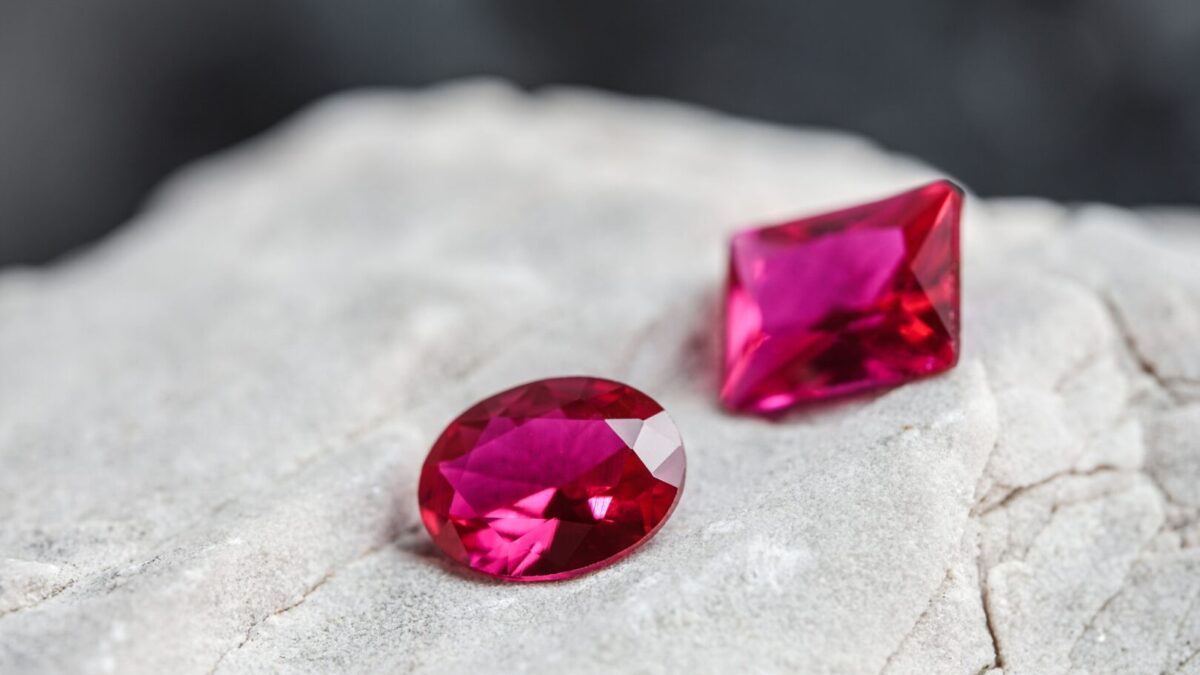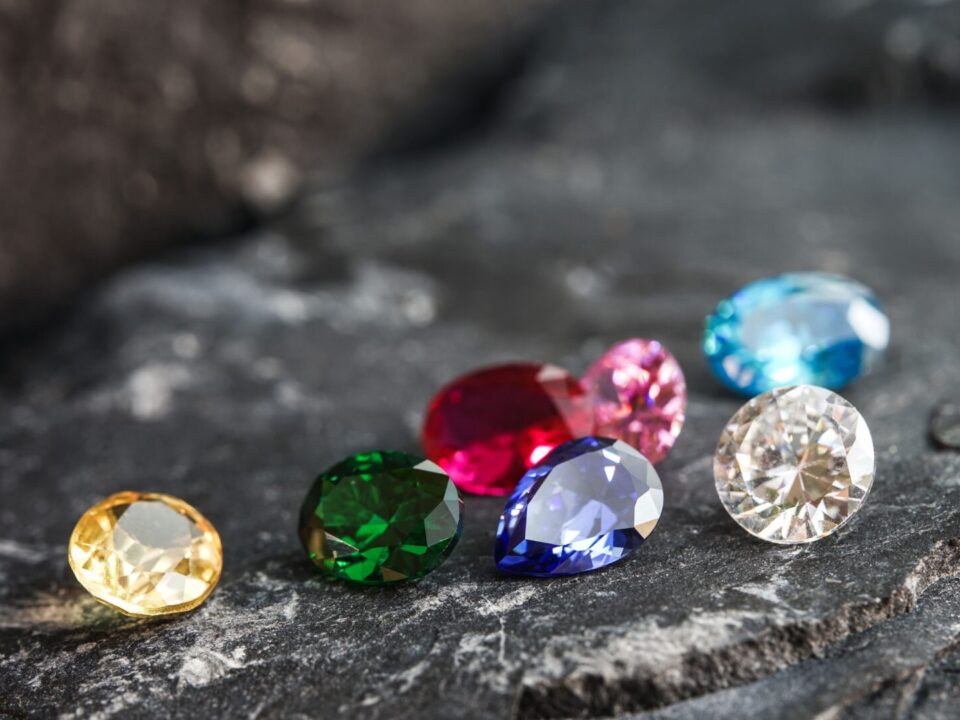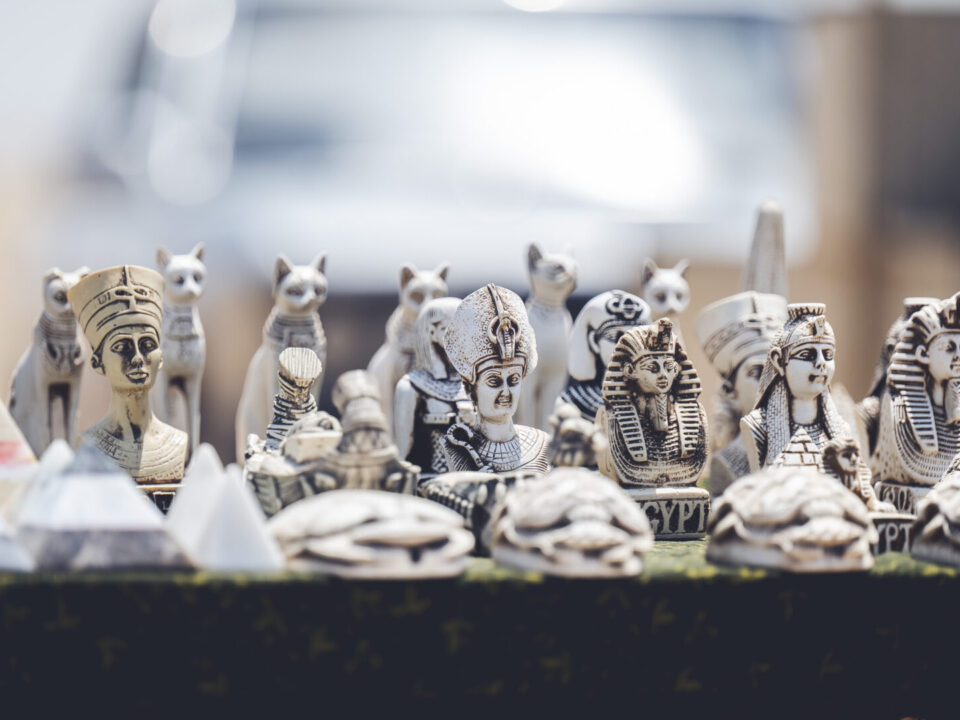With their vibrant red hue and dazzling sparkle, rubies have captivated people around the world for centuries. Symbolizing power, passion, love, and vitality, their intense red color evokes strength and energy. Rubies have also been linked to protection, wealth, and even invincibility, depending on certain cultural beliefs.
While all rubies are rare, those from the mountainous region of Mogok Valley in Myanmar (formerly Burma) stand in an echelon of their own, establishing the global benchmark for color, quality, and rarity for rubies. Revered for their stunning hue and rich, legendary history, Burmese rubies are among the most coveted gemstones in the world.
The Burmese ruby value stands the test of time because of their rich history, quality, and one-of-a-kind fluorescence. When selling Burmese rubies, it’s vital to have an appraiser legitimize your gemstone. Our team at Joshua Kodner Galleries can help appraise your rubies, provide a ruby auction guide, and find the right buyer for you.
The History and Lore of the Burmese Ruby
The remote, mountainous Mogok Valley in Myanmar (formerly Burma) is notoriously difficult to access, especially during the rainy season when dirt roads transform into mud-filled craters that are impassable by vehicle. Historically, Mogok Valley has produced nearly 90% of the world’s rubies, earning it the fitting nickname, “The Valley of Rubies.”
The history of Burmese rubies is closely tied to Myanmar’s complex political past. For centuries, only the Burmese people had access to the ruby mines, and the gems were so significant that legend tells of an early ruler who refused to let them leave the country, fearing it would drain him of his power.
Burmese warriors also believed that embedding a ruby into their flesh would make them invincible in battle, as they saw the gemstone as a source of strength and protection.
In the late 19th century, Britain annexed Upper Burma and took control of the ruby mines and due to political conflicts, trade of Burmese rubies to the United States was banned until 2016.
Today, the original ruby deposits in Myanmar are depleted, and since the 1990s, Mong Hsu has emerged as the primary source of rubies from the region, which are more purple in tone than those found in Mogok Valley. The rarity and rich history of true Burmese rubies make the Burmese ruby value exceptionally high and incredibly sought after by collectors and enthusiasts worldwide.
The Difference in Quality With Natural and Synthetic Rubies
Rare and vintage Burmese rubies are among the most precious and sought-after gemstones, making the Burmese ruby value exceptionally high.
The Mogok Valley in Myanmar is renowned for producing rubies with the intensely vivid “pigeon’s blood red” color, a unique purple-red or dark pink-red hue. This striking color is attributed to the high levels of chromium in the gemstone, and the more chromium found in the ruby, the brighter and more vibrant the red is.
When considering natural vs synthetic rubies, the difference is stark. Synthetic rubies have a uniform, saturated red color, as the chromium content is meticulously controlled during production.
Natural rubies, however, feature unique inclusions, like tiny mineral crystals, that synthetic versions lack. Lab-created rubies often appear too perfect, with an unnatural vividness in color and a noticeable absence of inclusions or imperfections.
It’s important to note when considering natural vs synthetic rubies that synthetic rubies have a much lower value which depreciates over time. Natural rubies, on the other hand, are enduring investment pieces that appreciate in value and last for generations.
What to Look For in a Burmese Ruby
When searching for a Burmese ruby, it’s important to seek out unheated stones. While it’s common practice to heat rubies to enhance their color and brilliance, this process can reduce their value and detracts from their natural beauty. The most highly valued and expensive Burmese rubies are unheated and natural.
Rubies owe their red color to trace elements of chromium, which also causes fluorescence. This fluorescence enhances the intensity of the red, giving the stone a glowing, inner light. While many rubies exhibit fluorescence, only Burmese rubies are known to display this glow even in daylight.
Keep in mind that rubies from any mine can vary in quality. The most sought-after gems feature a rich, true red color and high clarity. Many of these prized stones come from the renowned Mogok mines and are often found in antique or vintage jewelry, making them even more valuable.
Buy and Sell Your Burmese Rubies with Joshua Kodner
Depending on factors like cut, clarity, and size, these gems can easily fetch thousands of dollars. However, due to their rarity, buying or selling them requires careful consideration. It’s not a gemstone that can be quickly priced and sold—it must be professionally evaluated to determine its true value.
The world of rubies is vast, beautiful, and intricate. Consult our experts at Joshua Kodner Galleries to properly evaluate rubies both in gem form and as exquisite jewelry pieces, when selling Burmese rubies.
For decades, we’ve helped our valued clients find the treasures they’re searching for, including stunning ruby jewelry that we have in stock. Browse our premier collection for fine jewelry featuring precious gemstones, and contact us today for an appraisal of your ruby!




